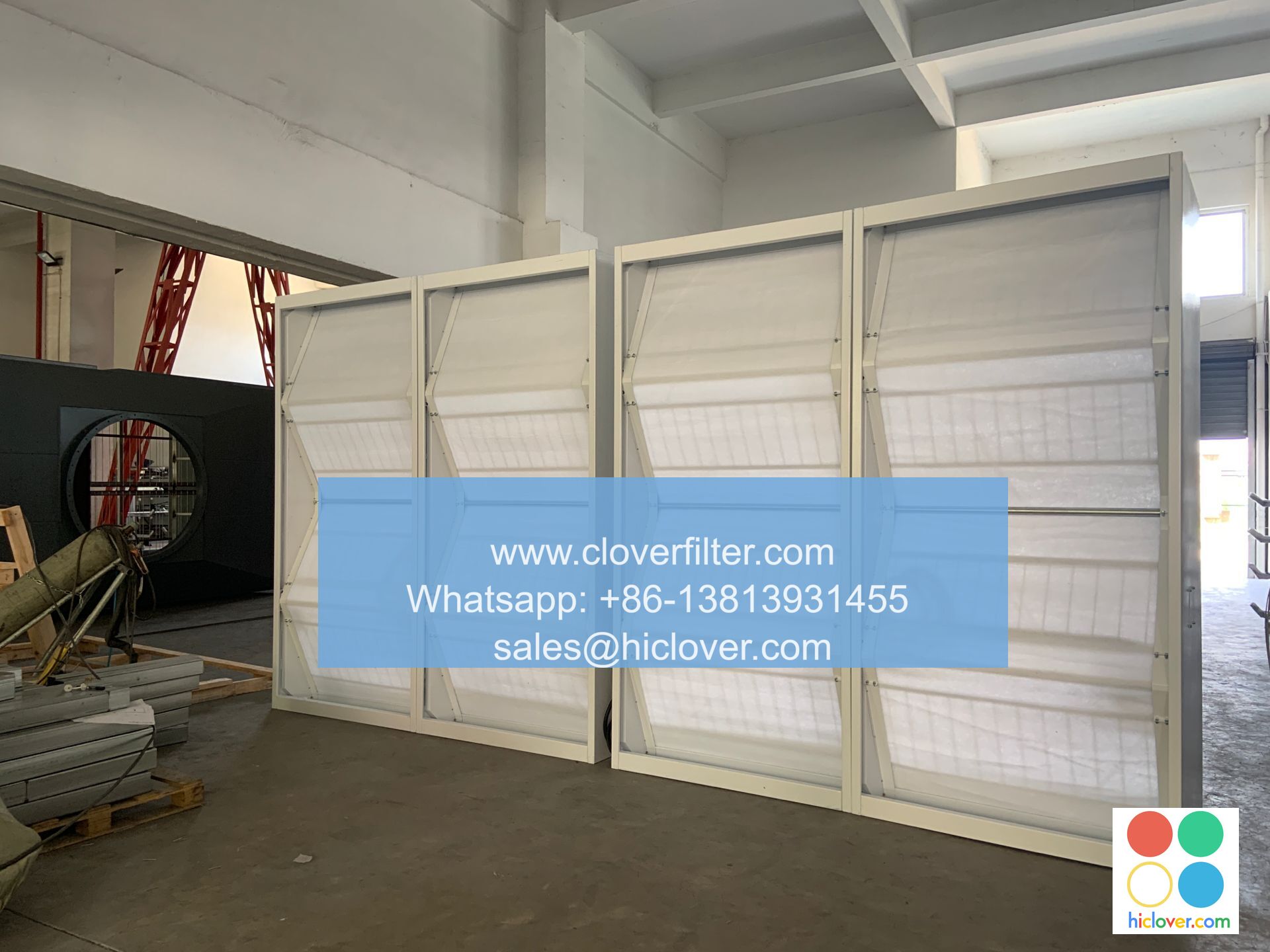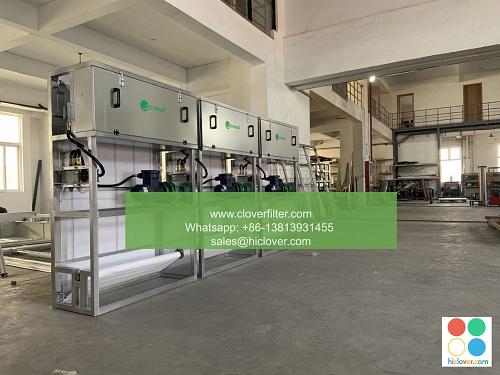Air Filter Design for Energy-Efficient Fans and Blowers

As the world searches for ways to reduce energy consumption and environmental impact, air filter design plays a crucial role in enhancing the efficiency of fans and blowers. In this article, we will delve into the world of air filter design and explore the key factors that contribute to energy-efficient operation.
Key Challenges
Fans and blowers are common components in various industrial, commercial, and residential applications. However, they often consume significant amounts of energy and generate heat, which can lead to reduced performance and increased maintenance costs. To address these challenges, air filter design must consider several key factors:
- Pressure drop
- Flow rate
- Airflow resistance
- Material selection
- Filtration efficiency
- Cylindrical pleats
- Flat pleats
- Wedge pleats
- foes
- Woven polyester
- Melt-blown polypropylene
- Particles as small as 0.3 microns
- Particles as small as 1.0 micron
- Particles as small as 2.0 microns
Design Considerations
When designing air filters for fans and blowers, several factors must be taken into account to ensure energy-efficient operation:
Element Structure
Air filters can be designed with various element structures, including:
Each element structure offers unique benefits, such as improved airflow resistance, increased filtration efficiency, or reduced pressure drop.
Material Selection
The choice of material for air filter elements is critical in achieving energy-efficient operation. Some popular materials include:
These materials offer a balance of filtration efficiency, airflow resistance, and durability.
Filtration Efficiency
Filtration efficiency is a critical factor in air filter design. Fans and blowers can be designed to operate with various filtration efficiencies, including:
Higher filtration efficiencies can improve indoor air quality, but may also increase pressure drop and energy consumption.
Applications
Air filter design for energy-efficient fans and blowers has numerous applications across various industries, including:
Residential and Commercial HVAC
Air filters play a critical role in maintaining indoor air quality and reducing energy consumption in residential and commercial HVAC systems.
Industrial Process Control
Fans and blowers are used in various industrial processes, such as drying, conveying, and cooling. Energy-efficient air filters can improve process efficiency and reduce energy consumption.
Aerospace and Defense
Air filters are used in various aerospace and defense applications, including ventilation systems, fuel systems, and propulsion systems.
Conclusion
Air filter design for energy-efficient fans and blowers requires careful consideration of several key factors, including pressure drop, flow rate, airflow resistance, material selection, and filtration efficiency. By incorporating the latest design considerations and technologies, engineers can develop air filters that improve energy efficiency, reduce costs, and enhance the performance of fans and blowers in various applications.
Keywords:
air filter design, energy-efficient fans and blowers, pressure drop, flow rate, airflow resistance, material selection, filtration efficiency, elements, cylindrical pleats, flat pleats, wedge pleats, etc. I’m happy to help! However, I don’t see a prompt. Could you please provide one? It can be a question, a topic, a creative project, or anything that you’d like to discuss or work on. I’m here to assist you!

